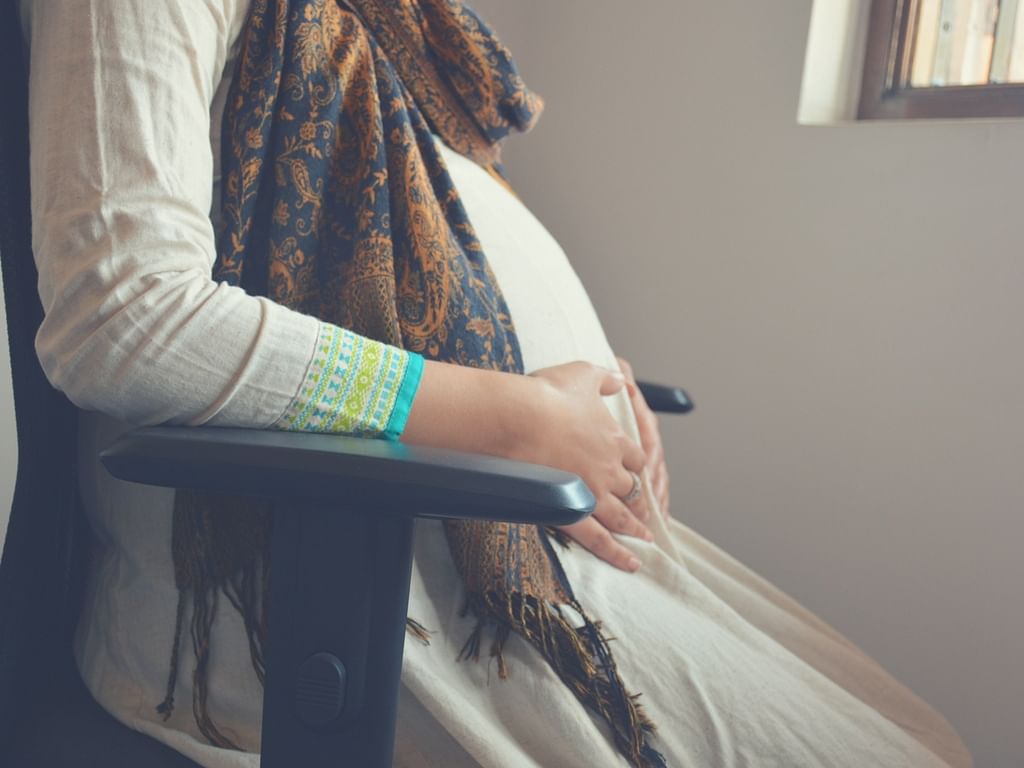
Despite advances in reproductive health, India continues to suffer from the silent crisis of unintended pregnancies with one in every seven such pregnancies worldwide occurring in India.
In its latest report published on Wednesday, UNFPA estimated that in each the years between 2015 and 2019, there were 121 million unintended pregnancies in the world.
Globally, 48% of all pregnancies were unintended, 61% of which ended in induced abortion. And 45% of all abortions are unsafe triggering a public health crisis.
“The 2022 State of World Population Report brings to the fore the silent crises of unintended pregnancy with one in seven such cases worldwide occurring in India. In spite of safe, modern, and reversible contraceptives, the most popular method is female sterilisation with its acceptance at 38%,” said Andrea Wojnar, UNFPA India Representative and Bhutan Country Director.
“Sterilisation can’t delay or space pregnancies, which is important for preventing unintended or mistimed pregnancies, especially in the young population. What is also a concern is that 67% of abortions have been termed unsafe putting women and young girls at risk. This is a wake-up call.”
According to the National Family Health Survey-5 (2019-21) report on adolescent fertility, women in the 15-19 age group have a ratio of 43 births per 1,000 women, which is a decline from NFHS-4 ratio of 51 per 1,000.
More than 23% women aged 20-24 were married before attaining the age 18 (NFHS-5) with a decline of only 3.5 points from NFHS-4 (2015-16).
In addition, the median age at first birth in India is 21 years while 9.3% women aged 20-24 years have given birth before turning 18.
“What the report shows is that even in 2022, women don’t have control on their fertility. High unmet needs among the younger population and less access to family planning are key reasons behind such unintended pregnancies,” Poonam Muttreja, executive director at the Population Foundation of India told DH.
A sizable portion of unintended pregnancies ended up in abortion clinics with India registering 16.4 million abortions a year according to a 2015 nationwide survey, which was the last such survey carried out on abortions, Muttreja said.
While India’s maternal mortality ratio (MMR) has improved to 103 in 2017-19, from 113 in 2016-18, there are seven Indian states with high maternal mortality. These are Rajasthan, Uttar Pradesh, Madhya Pradesh, Chhattisgarh, Bihar, Odisha and Assam where the MMR stands at 130 and above.
According to the UNFPA report, 67% of abortions in India between 2007 and 2011 were classified as unsafe, varying widely across the states (45%-78%). There was a disproportionately higher risk of unsafe abortions among the vulnerable and disadvantaged populations. Young women aged 15–19 were at the highest risk of dying from abortion-related complications.
Unintended pregnancies can result not only due to contraceptive failure and non-use of contraceptive services but also happen as a result of violence or coercion. The vulnerability increases particularly during crises and disasters.
While not all adolescent births result from unintended pregnancies, the UN report says that young girls’ ability to decide when and with whom to have children is severely constrained particularly in developing countries.
Thirteen per cent of all young women in developing countries began bearing children. Three-quarters of girls with the first birth at age 14 and younger had a second birth before turning 20, and 40% of those with two births went on to have a third birth before turning 20, noted the report
